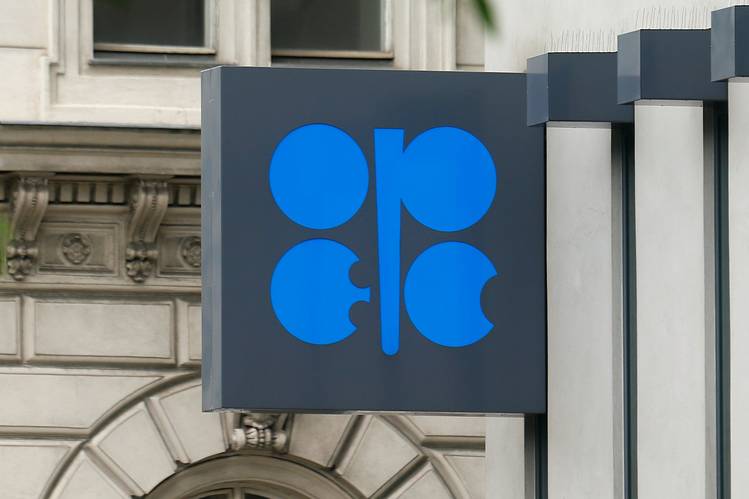
- Commodities
OPEC+ may increase oil supplies
Do you want to know how to make money from this?
Register for free and get expert advice, access to a training course and webinars.
Key points:
- Brent and WTI oil benchmarks are showing a prolonged downward price trend.
- OPEC+ decision to gradually increase oil production is putting pressure on prices.
- Lower oil demand in the largest consumers (USA and China) was the key factor in the price decline.
As of Monday, there is a downward trend in oil prices. The main factors that influenced this trend are expectations of increased production volumes by countries included in the OPEC+ agreement, starting in October of this year. In addition, signals of weak demand for oil from China and the United States, which are the largest energy consumers in the world, increase concerns about the prospects for future consumption growth.
In particular, Brent crude futures are declining by 56 cents, which is 0.7% from the previous value, and reach $76.37 per barrel. Similarly, American West Texas Intermediate crude oil fell by 45 cents, or 0.6%, and is trading at $73.10 per barrel.
What does OPEC+ plan to do?
After a 0.3% decline in Brent and 1.7% in WTI last week, the market continued to show negative dynamics. The Organization of the Petroleum Exporting Countries (OPEC) and its allies (OPEC+) have confirmed their intention to increase oil production from October in accordance with the previously approved plan. Eight member countries of the alliance plan to increase production by 180 thousand barrels per day, which will be part of a gradual rollback of previously imposed production restrictions.
OPEC+ is facing a dilemma caused by two main factors. First, current oil prices are not high enough for most members of the organization. Second, real demand for crude oil does not meet OPEC’s optimistic forecasts for 2024.
The alliance has two possible scenarios for the development of events. The first involves adjusting the decision to increase production from the fourth quarter onwards, which may come as a surprise to the market. The second option is to maintain the current plan and allow prices to fall further in the hope that lower oil costs will eventually stimulate economic growth and boost demand.
However, the current situation is characterized by the lack of clear signs of an acceleration in oil imports in China and other Asian countries, while concerns about a slowdown in the economies of Europe and North America are growing. OPEC slightly revised downwards its forecast for global oil demand growth in 2024 in its latest report, indicating recognition of the risks.
Negative demand in China has a bigger impact than the Middle East conflict
Brent and WTI crude oil benchmarks have been trading lower for the past two months, driven primarily by growing concerns about weaker oil demand in the US and China. These factors have outweighed the impact of recent disruptions to Libyan oil supplies caused by domestic political strife and geopolitical tensions in the Middle East over the conflict between Israel and the Gaza Strip.
While Libyan oil exports remain suspended, Arabian Gulf Oil Company has resumed production at 120,000 barrels per day to meet domestic demand. The move comes after a standoff between rival political forces led to the shutdown of most of the country’s oil fields.
The country’s oil consumption fell to its lowest seasonal level since the onset of the COVID-19 pandemic in 2020 in June, according to the US Energy Information Administration.
Pessimism about demand growth in China was reinforced by official data showing that factory activity in the country fell to its lowest in six months in August. The deterioration in conditions at Chinese factories is linked to falling prices and intense competition for orders. At the same time, a private survey of smaller export-oriented companies points to signs of a cautious recovery in China’s economy in August.
Do you want to know
How to make money from the news
Register for free and get:
- Expert consultation;
- Access to the training course;
- Opportunity to participate in webinars

